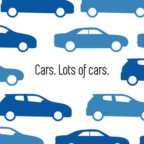
Public transit ridership is on the decline in California. But why? Researchers at the UCLA Institute of Transportation Studies (ITS) looked at the data to figure out what’s going on and how the problem could be solved.
View this complete post...







John Hennessy III,
P.E.

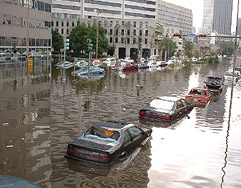

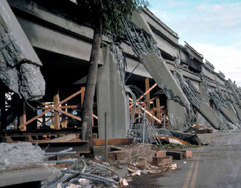
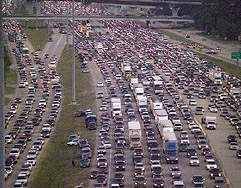

Public transit ridership is on the decline in California. But why? Researchers at the UCLA Institute of Transportation Studies (ITS) looked at the data to figure out what’s going on and how the problem could be solved.
View this complete post...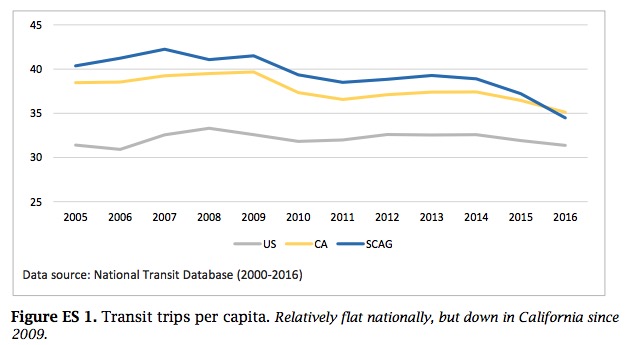
In the last ten years transit use in Southern California has fallen significantly. This report investigates that falling transit use. We examine patterns of transit service and patronage over time and across the region, and consider an array of explanations for falling transit use: declining transit service levels, eroding transit service quality, rising fares, falling fuel prices, the growth of Lyft and Uber, the migration of frequent transit users to outlying neighborhoods with less transit service, and rising vehicle ownership. While all of these factors probably play some role, we conclude that the most significant factor is increased motor vehicle access, particularly among low-income households that have traditionally supplied the region with its most frequent and reliable transit users.
View this complete post...
UNIVERSITY OF CALIFORNIA, LOS ANGELES
University commuters used alternative transportation modes at a rate far higher than Los Angeles County commuters as a whole, a pattern that held true for all major modes. More than 15% of UCLA employees and more than 39% of students were pedestrians or bicycle commuters, options exercised by less than 4% of LA County commuters. Thirteen percent of UCLA employees and more than 25% of students commuted by public transit, compared to only 7% for all of LA County. Finally, more than 14% of UCLA employees commuted by carpool or vanpool, while 10% of LA County commuters used one of these modes.
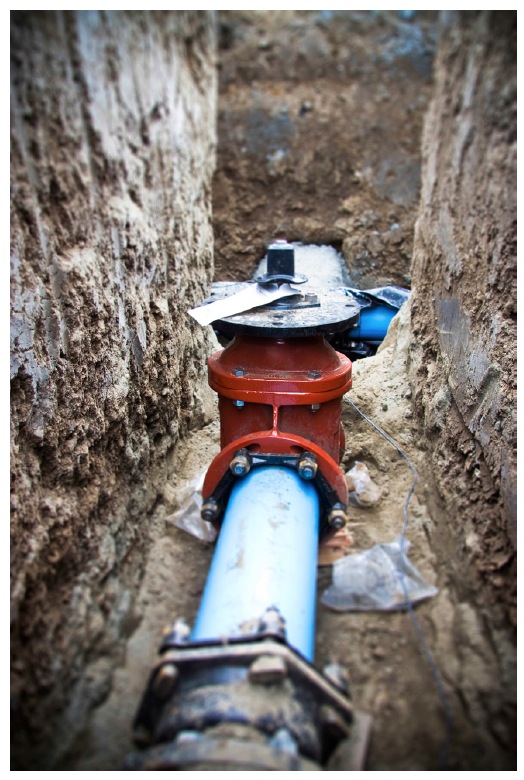
UCLA LUSKIN CENTER FOR INNOVATION
Despite the essential role water plays in Los Angeles County, surprisingly little is known about our community water systems. Community water systems are the fundamental building blocks of California’s water supply network. These systems are responsible for providing households, businesses, and governments with a reliable supply of clean water at a reasonable price. They are on the front lines of adapting to drought and climate change. They manage lifeline programs for the County’s many low-income households. These systems are the portals through which federal, state, and regional officials implement water policies supporting water supply reliability, conservation, efficiency, affordability, environmental protection, and public health.
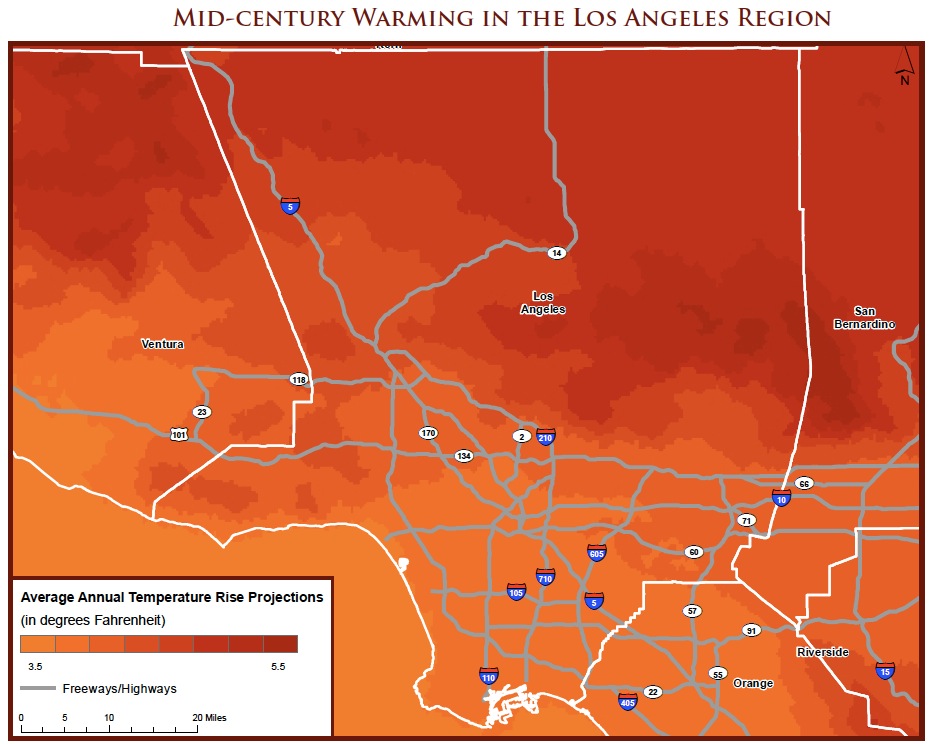
ENVIRONMENTAL DEFENSE FUND
UCLA LUSKIN CENTER FOR INNOVATION
The Environmental Defense Fund commissioned the UCLA Luskin Center for Innovation to profile the potential for clean energy investments in Los Angeles County. The Los Angeles Solar and Efficiency Report (LASER): An Atlas of Investment Potential is multi-faceted. The LASER Atlas begins with this particular profile of clean energy investment potential at the county level. Other profiles that comprise the LASER Atlas are at the sub-regional level…This county level overview is designed to help community stakeholders identify areas of high potential for solar energy and the benefits of green economic investment. These benefits include capitalizing on incoming state and local funding while creating jobs and building community resilience to current environmental health and energy threats that climate change will exacerbate.
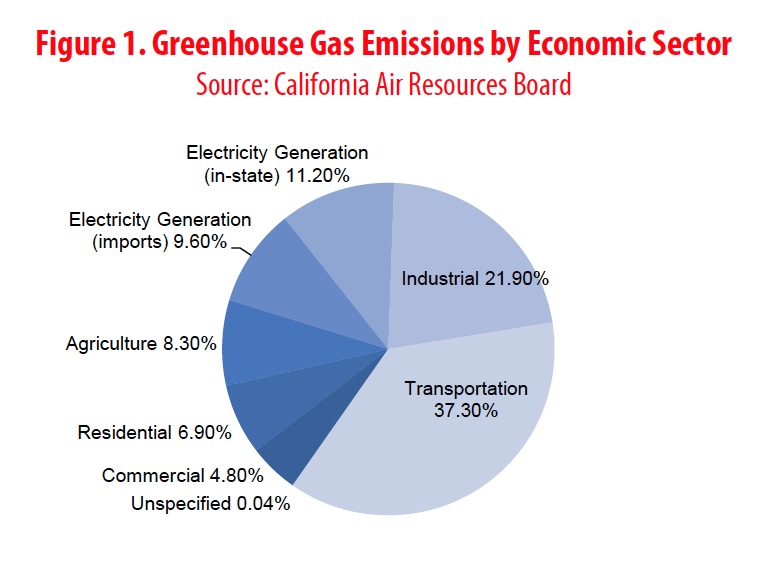
UNIVERSITY OF CALIFORNIA, LOS ANGELES
EMMETT INSTITUTE ON CLIMATE CHANGE AND THE ENVIRONMENT
This brief seeks to explain some of the causes of the planning and construction delays and escalating costs for major public transit projects, such as rail and bus rapid transit. Among the factors are counter-productive regulatory processes, lack of coordination among overlapping agencies and entities, poor agency oversight of construction, and political compromises meant to appease powerful neighborhood groups and automobile drivers at the expense of the regional good.
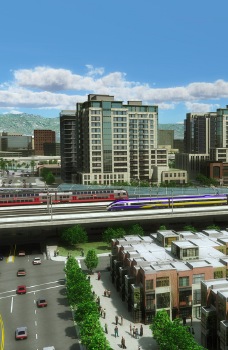
UC BERKLEY: CENTER FOR LAW, ENERGY AND ENVIRONMENT
UCLA: EMMETT CENTER ON CLIMATE CHANGE AND THE ENVIRONMENT
High speed rail could offer numerous benefits to California. According to proponents, the system can reduce the need for costly new highway and airport expansions in California’s congested short-haul air markets and crowded intercity freeways, which are some of the busiest and most delay-prone in the nation – potentially saving $170 billion over 20 years. High speed rail could also help the state’s economy by supporting more convenient and efficient travel as well as increasing traveler productivity.
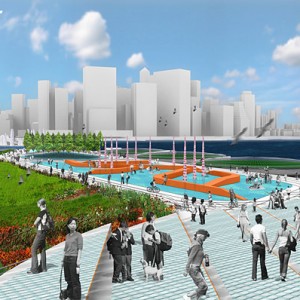
“WPA 2.0: Working Public Architecture winners are: PORT, Andrew Moddrell and Christopher Marcinkoski, from Chicago and New York for their project, Carbon T.A.P. // Tunnel Algae Park. The jury of Elizabeth Diller, Cecil Balmond, Marilyn Taylor, Walter Hood, Stan Allen, and Thom Mayne was unanimous in its decision, citing two primary qualities: The floating, carbon-capturing bridge between Brooklyn and Manhattan would be an index for the otherwise invisible tunnel below, and the periodic rotation of the parkway across the river had the power to reshape the image of the city.”
View this complete post...If you have new ideas for infrastructural-system design, here’s a chance to put them into action! Drawing its acronym from the depression-era Works Progress Administration, the WPA 2.0 competition aims to discover and develop innovative and imaginative ideas for 21st century infrastructural systems. This UCLA-based competition encourages entrants to explore the potential of infrastructure projects […]
View this complete post...Follow InfrastructureUSA
Video, stills and tales. Share images of the Infra in your community that demands attention. Post your ideas about national Infra issues. Go ahead. Show Us Your Infra! Upload and instantly share your message.
Is the administration moving fast enough on Infra issues? Are Americans prepared to pay more taxes for repairs? Should job creation be the guiding determination? Vote now!
What do the experts think? This is where the nation's public policy organizations, trade associations and think tanks weigh in with analysis on Infra issues. Tell them what you think. Ask questions. Share a different view.
The Infra Blog offers cutting edge perspective on a broad spectrum of Infra topics. Frequent updates and provocative posts highlight hot button topics -- essential ingredients of a national Infra dialogue.
It is encouraging to finally see clear signs of federal action to support a comprehensive US infrastructure investment plan.
Now more than ever, our advocacy is needed to keep stakeholders informed and connected, and to hold politicians to their promises to finally fix our nation’s ailing infrastructure.
We have already engaged nearly 280,000 users, and hoping to add many more as interest continues to grow.
We require your support in order to rise to this occasion, to make the most of this opportunity. Please consider making a tax-deductible donation to InfrastructureUSA.org.
Steve Anderson
Managing Director
SteveAnderson@InfrastructureUSA.org
917-940-7125